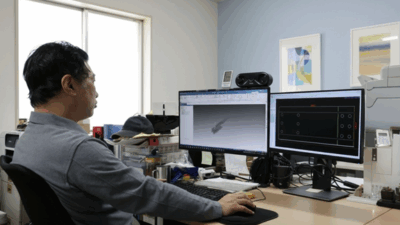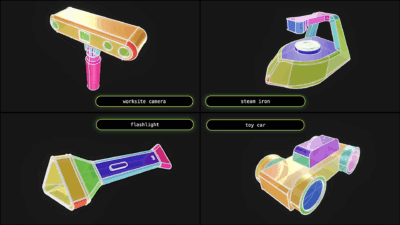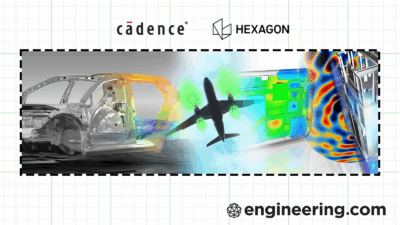NxtQube is powering fully autonomous drone applications by leveraging simulation-driven design in Solid Edge, part of the Designcenter suite.
Siemens has sponsored this post.
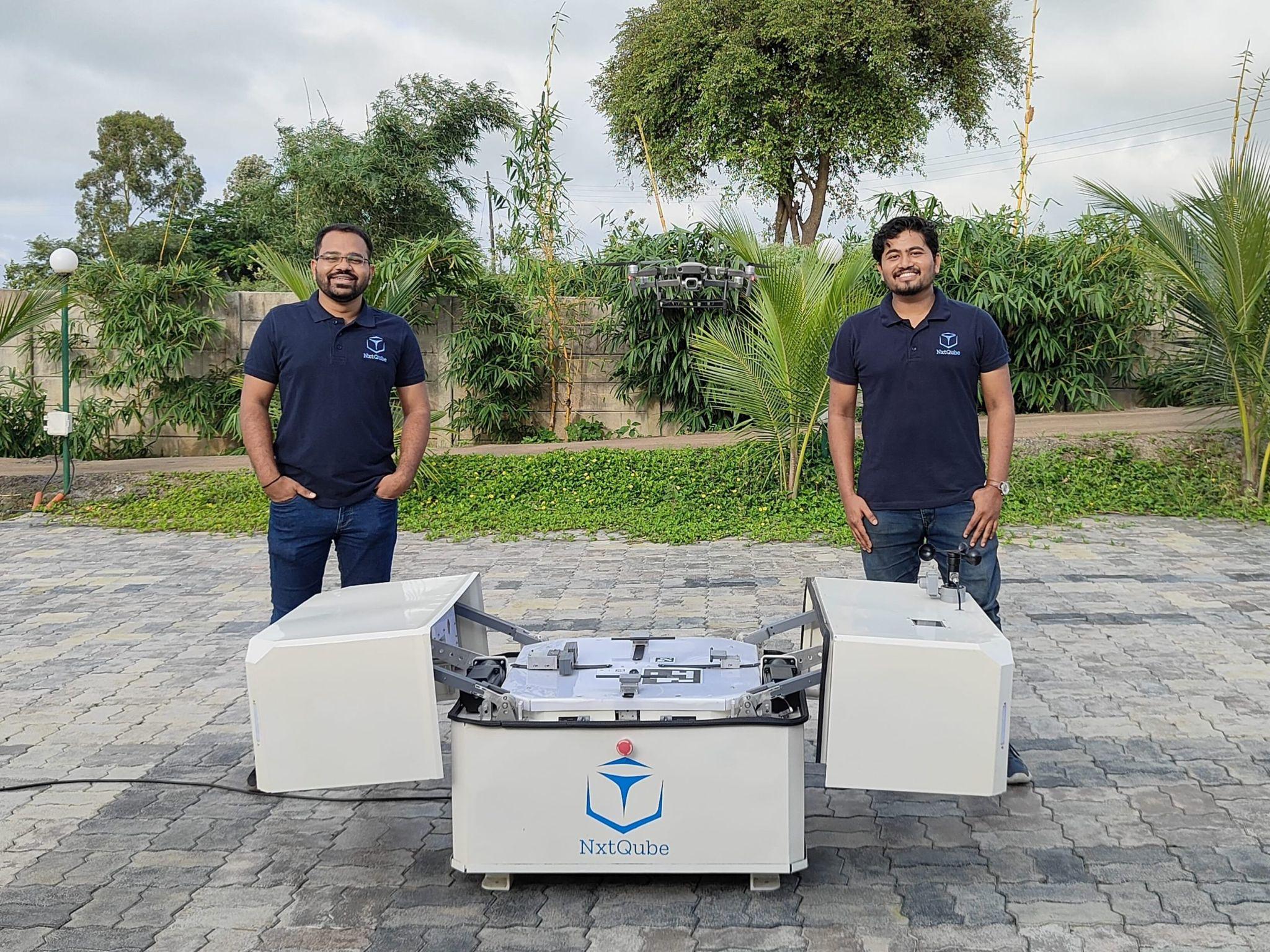
Most commercial drones still depend on a human pilot for mission planning, takeoff, landing and battery management. NxtQube asked a simple question two years ago: If drones are “unmanned,” why do they always need someone on the ground?
“Everyone is making drones, and we see a very large-scale adoption of drones, but they always need a pilot on ground to operate the mission,” explains NxtQube’s Director and CEO, Nikhil Rajput. The answer became the company’s mission, and today they build “drone ports,” which are self-sustaining docking stations that house, charge, control and automate off-the-shelf drones so they can operate 24/7 in remote or industrial environments without a pilot on site.
Rajput adds that the company is essentially building a drone infrastructure to fully automate field drone operations, which would empower drone manufacturers and DSPs (drone service providers) and, according to his predictions, help surpass even the most aggressive global predictions for the industry.
Scaling Drone Adoption
From border security and rescue operations to crop monitoring and infrastructure inspection, drones promise enormous value — but only if they can deploy reliably and at scale. Traditional workflows force pilots and equipment to be on-location, plan each mission manually, swap batteries and troubleshoot in the field. Those logistical hurdles keep many organizations from moving beyond proof-of-concept trials. NxtQube’s vision is to turn any site with power into an autonomous drone launchpad that pilots manage from a single web dashboard.
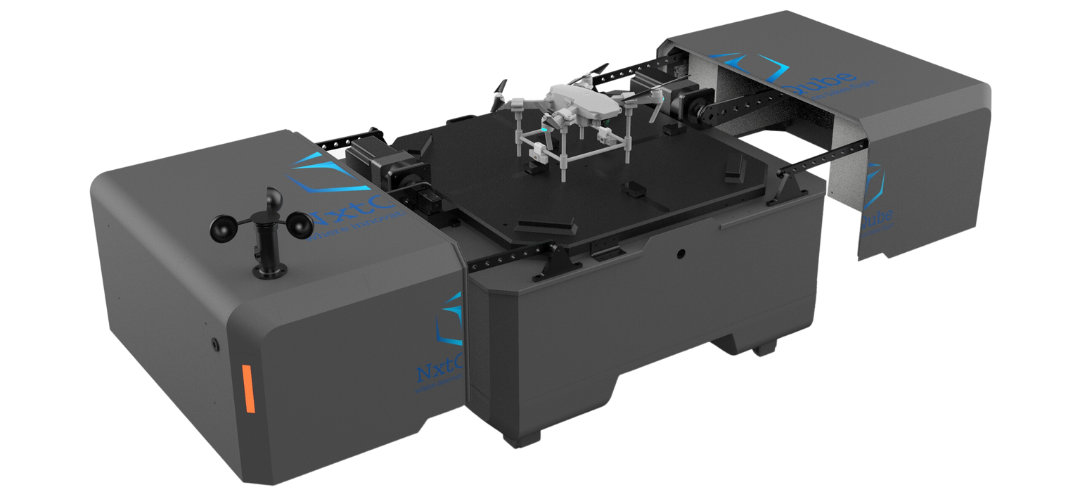
The company is introducing what they are calling a “Drone in a Box” (DiaB) that is a weatherproof, tamper-resistant robotic enclosure equipped with climate control, redundant electromechanical systems and five-hour backup power. The drone carries out all the tasks that a pilot would normally perform on field to ensure the flight on the designated route while being controlled remotely via our web dashboard. The system is compatible with standard drones and common drone manufacturers, meaning modularity for organizations planning to utilize it. Software built around open-source and proprietary protocols gives each dock decision-making autonomy, which allows it to monitor flight status, diagnose failures remotely and execute programmed missions without human intervention.
“In the first two and a half to three months of starting NxtQube, we were very clear that we have to be an agnostic platform, where drones from multiple manufacturers could operate. That’s why we built modularity into the company from day one,” says Rajput.
By decoupling drone flight from on-site pilots and supporting standard airframes from a variety of manufacturers, NxtQube makes autonomous drone fleets as easy to deploy as networked security cameras.
Digital Transformation Through Simulation
Simulation and digital twins have become a mainstay for large organizations that are looking to optimize efficiency. For their CAE, NxtQube is using hypermesh data in Solid Edge, as well as mechanical CAD features, to design and manufacture their docking stations.
“Simulation was always a key component of our development. We are also proud to mention that we are the Altair startup challenge winner in India in the category ‘Innovative Startup in Defense and Aerospace’. We did initially face a lot of issues of standardization. Eventually, we built an expertise in robotics and the simulations around it, making it more and more reliable,” Rajput explains.
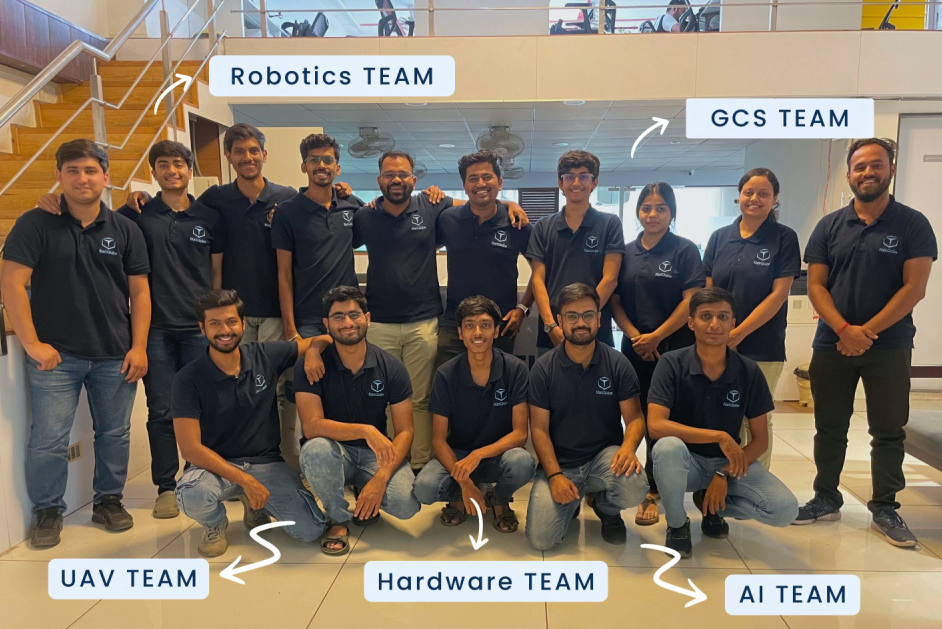
Initial prototypes were functional, but over-built and heavy, which was driving up costs and shipment complexity. Through iterative cycles of design, simulation and refinement, the team shed over 60% of the dock’s weight while beefing up landing-gear robustness and electronics reliability. They began using FEA and beam analysis tools in Solid Edge Simulation for thermal, structural and fatigue analyses, to determine optimal material thicknesses and seal tolerances, extending the expected field drastically.
“I’m happy to say that we are easily estimating a life cycle of somewhere in the range of four and a half to five years. And I think that predominantly has happened because of simulation.”
Simulation also underpins docking-station manufacturing. Early runs revealed wear-and-tear on moving parts and electromagnetic interference in the electromechanical systems. Performing virtual fatigue testing and flow-dynamics modeling in Solid Edge helped the engineers redesign seals and cable routing, ensuring consistent IP-rated performance even after thousands of open-close cycles. Today, each unit endures weeks of automated downpour, dust-ingress and mechanical-cycle testing before it ships.
Solid Edge for Startups Fuels Rapid Innovation
Before deciding to use Solid Edge, Rajput was already familiar with Siemens NX. He credits some of NxtQube’s agile development to the Solid Edge software, accessed through the Solid Edge for Startups program. As a member, NxtQube leverages the full Solid Edge suite for mechanical CAD and CAE simulation without the budget pressures typical of high-end engineering tools.
“We evaluated a number of engineering software companies, but Solid Edge struck the perfect balance of power and simplicity. It handles our solid modeling, sheet-metal design, assembly management and large assemblies at a fraction of the cost of other enterprise packages,” says Rajput.
Solid Edge’s simulation tools provided feedback on stress concentrations and thermal hotspots, closing the loop between design and test. Version control and collaborative workflows ensure iterations go straight from engineering to manufacturing without costly mistakes or rework.
“We all came from basic CAD backgrounds, and Solid Edge helped us refine our designs, making our designing process more effective and much more optimized moving forward,” he adds. “Specifically, the simplicity and the resilience of software for part and assembly modeling will help us be quicker than our competitors.”
Meanwhile the team has also designed a drone port that houses the system in Solid Edge. It is weatherproof and tamper-resistant to ensure safety at remote locations. Additionally, it is equipped with a climate control station to ensure safe flights. The drone port is capable of battery swapping or battery charging for various applications. This is done either by contact or wireless charging.
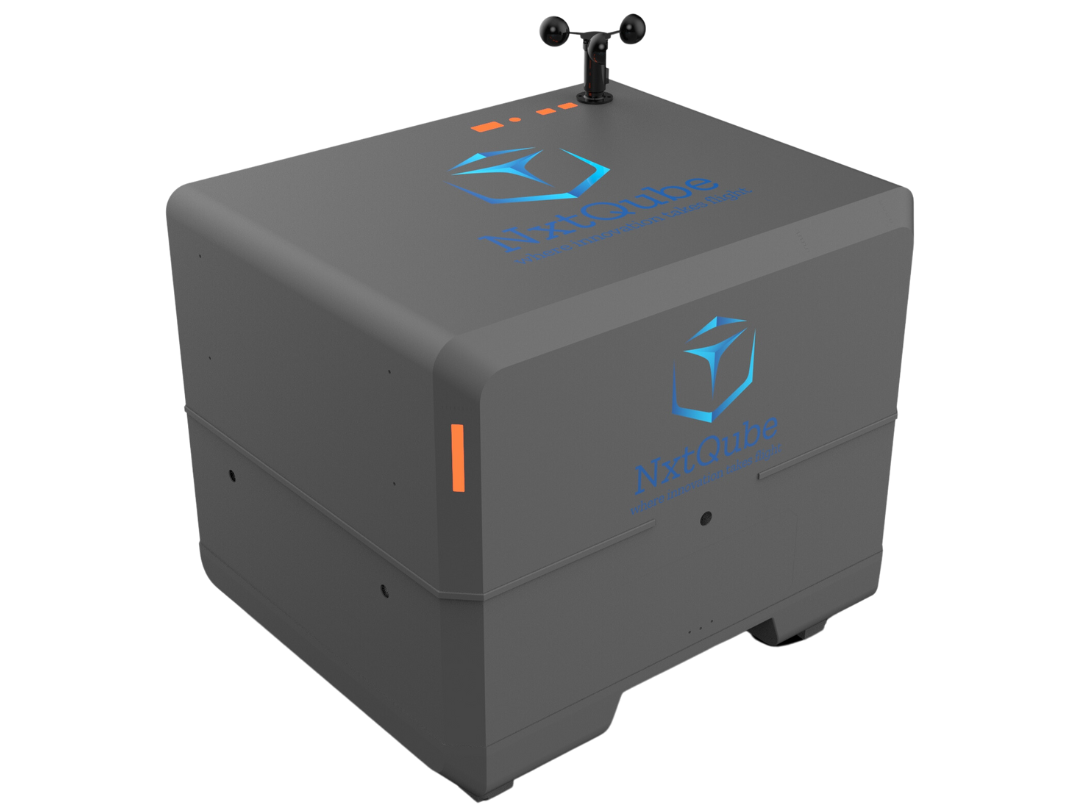
Looking Ahead: Scaling Global Deployments
Rajput’s team has a background in manufacturing, but they weren’t experts in automation and robotics. To remedy this gap, the whole team took to refining their skills and developing a robust understanding of these areas. Initially, their manufacturing was limited in these areas and typically took the easiest, often more expensive routes. As they collected mentors and developed solid standard operating procedures (SOPs), Rajput’s team has been able to refine their design and manufacturing processes for better quality and scaling.
Now, with annual production capacity ramping from 150 to 300 drone ports this year, NxtQube is poised to meet demand from emergency services, agriculture, utilities and logistics providers worldwide.
“We have the capability of 150 docks at the moment, but getting to 300, 350 or even 500 would not be a challenge because all of the systems are based on these robust processes of scaling and building something to a global standard,” Rajput says. NxtQube already has strategic partnerships with drone manufacturers, system integrators and service-providers in India, with plans to expand.
As a next step, NxtQube also aims to build the world’s first Agentic AI Platform for drones — combining autonomous hardware (Diab Dock), intelligent mission software and drone data analytics (Virtual Pilot), and a command centre (Mission Dashboard) that enables pilotless, round-the-clock drone operations at scale.
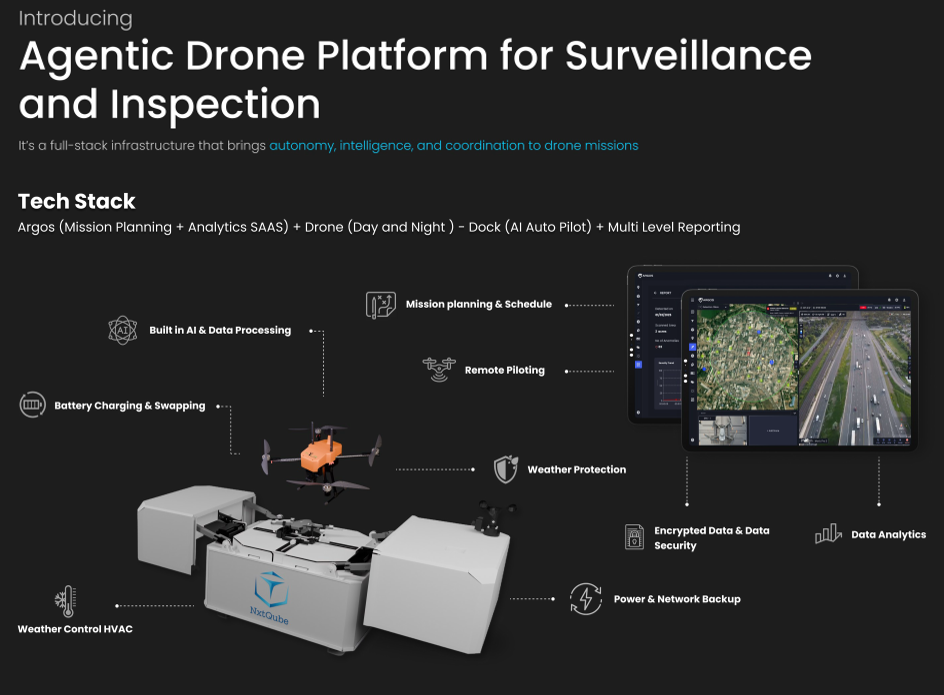
To summarize, NxtQube continues to refine its autonomy platform by adding AI-driven decision-making at the dock, multi-drone swarm support and logistics-grade payload handling, Solid Edge for Startups will remain a cornerstone of its digital-transformation toolkit as they look to grow in the coming years. By marrying frugal hardware design with rigorous simulation, NxtQube is working to turn the dream of truly unmanned operations into a reality.
Visit Siemens to learn more about the Solid Edge for Startups program.
